Circuit Breakers

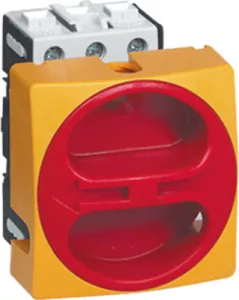
Order No.:
12G7602
Manufacturer SKU:
172101

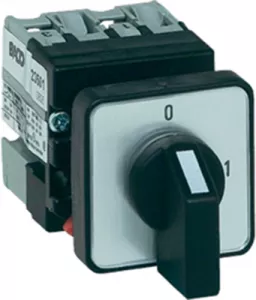
Order No.:
26G302
Manufacturer SKU:
223502

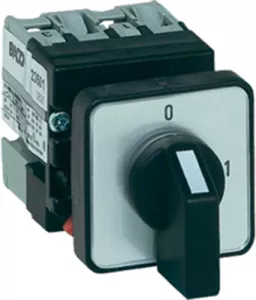
Order No.:
26G300
Manufacturer SKU:
223501

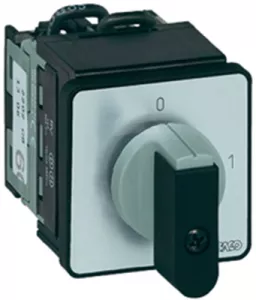
Order No.:
26G342
Manufacturer SKU:
NB02AX80

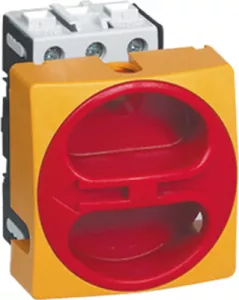
Order No.:
12G7600
Manufacturer SKU:
172001

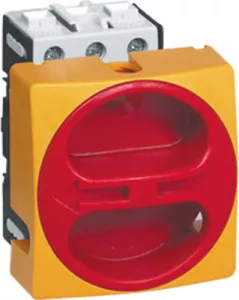
Order No.:
12G7604
Manufacturer SKU:
172201

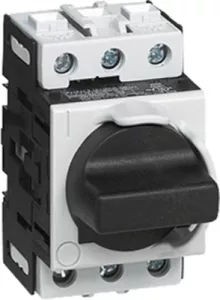
Order No.:
12G7606
Manufacturer SKU:
174005

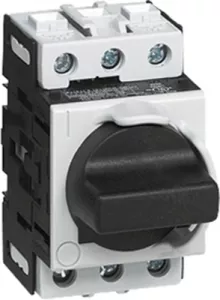
Order No.:
12G7608
Manufacturer SKU:
174105

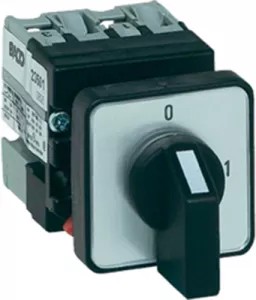
Order No.:
26G304
Manufacturer SKU:
223503

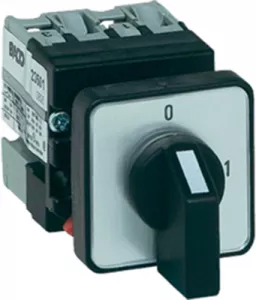
Order No.:
26G306
Manufacturer SKU:
223504

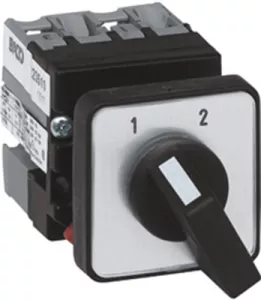
Order No.:
26G308
Manufacturer SKU:
223511

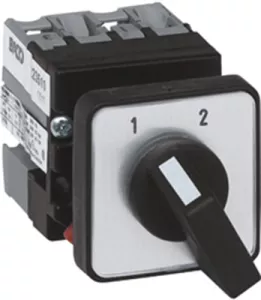
Order No.:
26G310
Manufacturer SKU:
223512

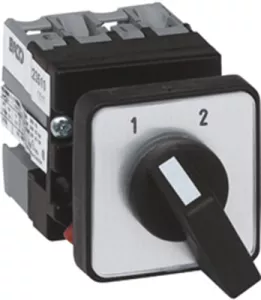
Order No.:
26G312
Manufacturer SKU:
223513

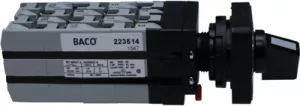
Order No.:
26G314
Manufacturer SKU:
223514

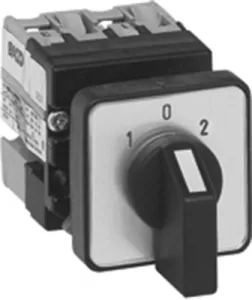
Order No.:
26G316
Manufacturer SKU:
223505

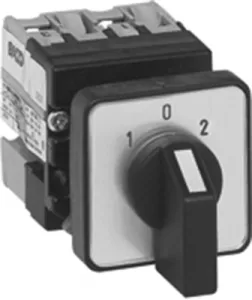
Order No.:
26G318
Manufacturer SKU:
223506

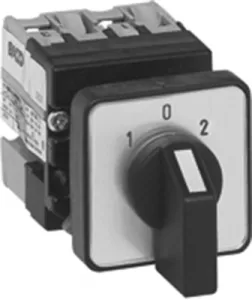
Order No.:
26G320
Manufacturer SKU:
223507

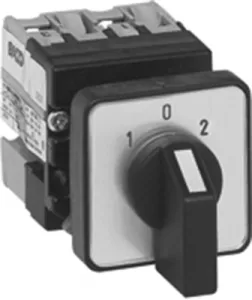
Order No.:
26G322
Manufacturer SKU:
223508

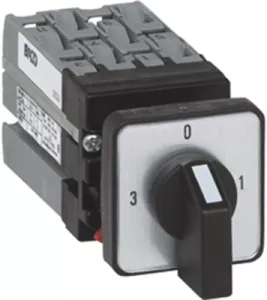
Order No.:
26G324
Manufacturer SKU:
223521

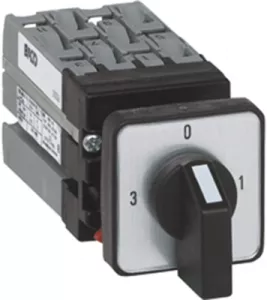
Order No.:
26G326
Manufacturer SKU:
223522
Safety guaranteed: Functions and advantages of switch-disconnectors
Circuit breakers are used to protect electrical circuits by automatically switching off in the event of an overload or short circuit. They can be switched back on, eliminating the need for one-way fuses. Switch-disconnectors, on the other hand, specialize in safely isolating electrical circuits from the power supply.
Unlike circuit breakers, switch-disconnectors do not perform a protective function, but merely ensure safe isolation as well as prevention of accidental switch-on. Both electromechanical components are indispensable in electrical installations and in the energy sector, with circuit-breakers primarily ensuring the protection of installations, while switch-disconnectors are used for maintenance and repairs.